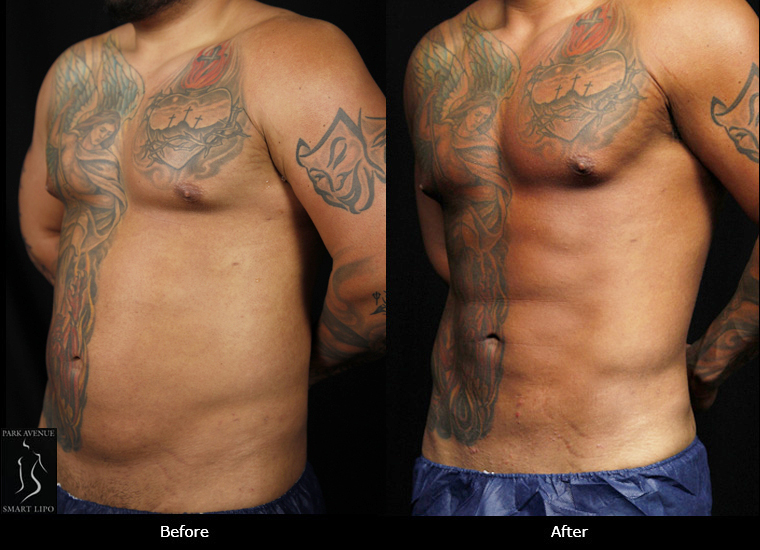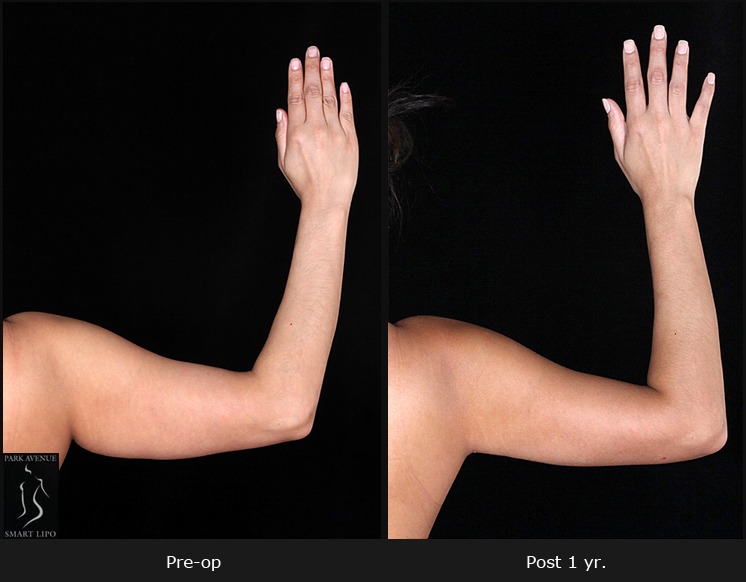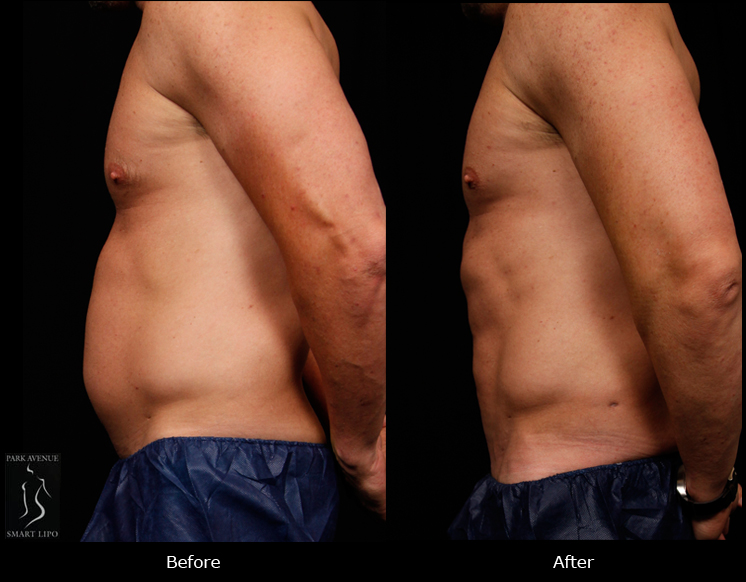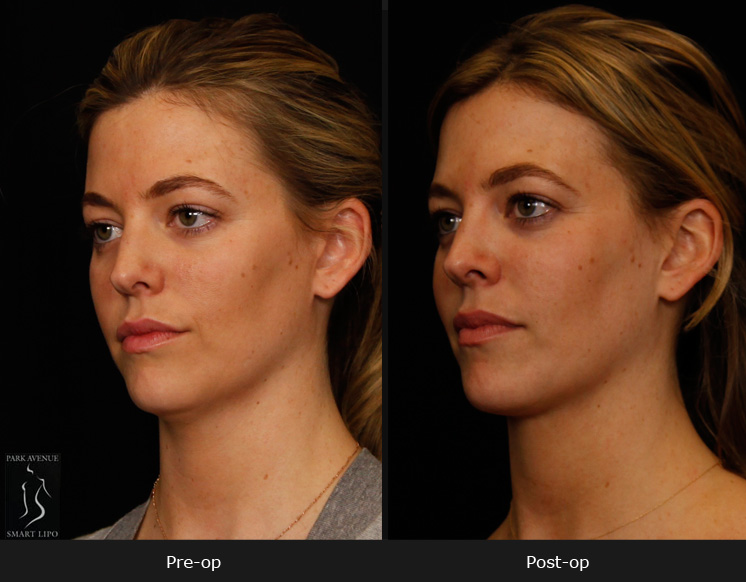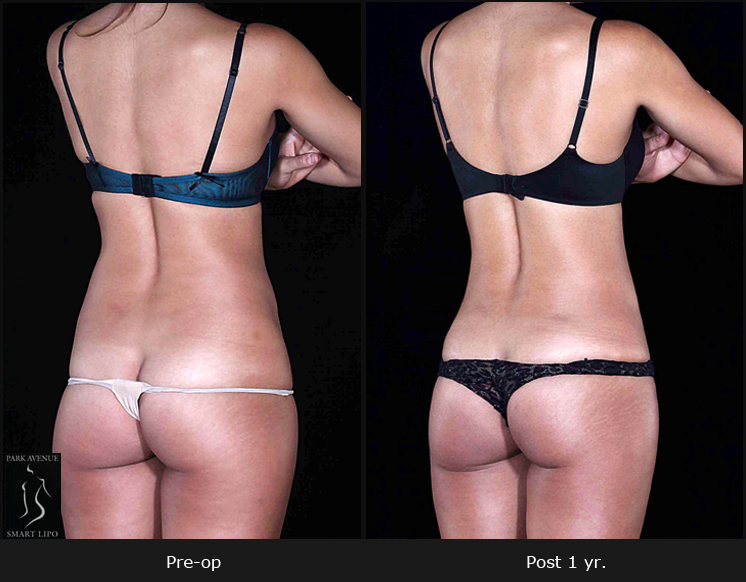The number of men and women opting to have plastic surgery has increased over the years. Minimally invasive procedures such as laser liposuction in Manhattan NYC involve only minimal pain and discomfort. But pain is inevitable after invasive liposuction surgery due to acute tissue manipulation during the procedure. To cope with this discomfort and suppress post-operative pain, plastic surgeons prescribe pain killers or opioid medications. Opioids are powerful drugs that decrease pain, but over-prescription can lead to opioid addiction with disastrous consequences. Though physicians prescribe them as pain medications, it’s important to minimize the use of opioids for recovery after plastic surgery.
Painkillers such as Percocet, Vicodin, Norco and Tylenol with Codeine have been used for years and are effective in the management of postoperative pain. These opioids are generally safe when taken for a short time. But with longer use or over-use, opioid can become an addiction and take a toll on patients’ health. In a recent article, the American Society of Plastic Surgeons (ASPS) noted that, in 2019, the country is in the midst of the “opioid epidemic” where the United States consumes approximately 2/3 of the world’s opioid medications. According to the ASPS, grouped together, surgeons write about 10% of the opioid prescriptions annually.
Patients with chronic pain who are already taking opioids are at higher risk of complications after major surgery and incur higher health care costs, says the ASPS. To reduce these risks of complications, patients should be given proper guidance by their physicians. The ASPS recommends that plastic surgeons identify their patient’s risk of developing drug use disorders. Patients should be counseled, made to understand the risks of opioid overuse, and advised to use pain medications cautiously. The goal should be to ensure responsible use.
The Council on Hemispheric Affairs (COHA) recommends several steps to minimize the risk of over-prescribing роѕtореrаtіvе opioid mеdісаtіоnѕ:
- Prescribing fewer ріllѕ – for e.g., рrеѕсrіbіng 10 Vicodin tablets fоr brеаѕt augmentation раtіеntѕ іnѕtеаd of 30 or 60 as in the past.
- Premedicating patients with a long-acting non-opioid medication (such as Bupivacaine оr Exраrеl) the day before the surgery and continuing this for a week to 10 days. This can greatly alleviate the іmmеdіаtе роѕt-ор раіn and reduce the quantity of оріоіd medications consumed in the post-op period. By combining the use of lоng-асtіng Bupivacaine-based lосаl anesthetics in breast and body procedures such as liposuction surgery with рrе-ор nоn-nаrсоtіс pain mеdісаtіоnѕ and muscle relaxants, surgeons have been able to ѕіgnіfісаntlу decrease the amount of narcotic pain medication that patients use post-op. Using lоng-асtіng local аnеѕthеtісѕ can also reduce post-op dіѕсоmfоrt and еmеrgеnсу room vіѕіtѕ fоr pain соntrоl.
- By communicating and sharing information like a family history of alcohol or drug abuse, patients can help surgeons make the best prescribing decisions for their post-op care.
- Reducing opioid use in the early recovery period can help reduce the unpleasant side effects of opioid medications such as constipation, urinary retention, and nausea.
The Centers for Disease Control and Prevention (CDC) puts forward the following recommendations for prescribing opioids:
- Use opioids only when benefits are likely to outweigh risks.
- Start with the lowest effective dose of immediate-release opioids. For acute pain, prescribe only the number of days that the pain is expected to be severe enough to require opioids.
- Reassess benefits and risks if considering dose increases.
- Use state-based prescription drug monitoring programs (PDMPs) which help identify patients at risk of addiction or overdose.
Plastic surgery procedures such as Smartlipo laser liposuction in Manhattan, NYC, involve minimal pain and discomfort. The procedure is minimally invasive and performed under local anesthesia. This reduces risk of opioid addiction and helps patients get back to their routine activity quickly.

